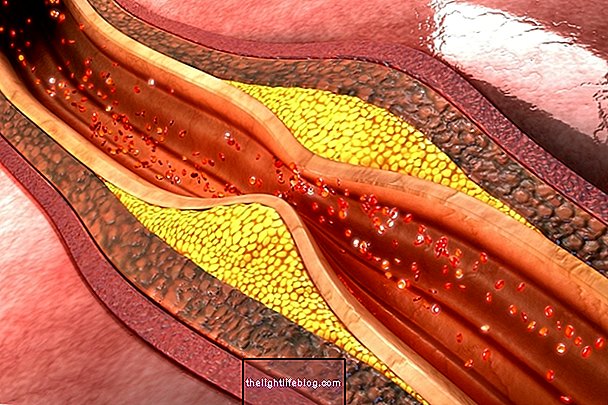The myelogram or bone marrow aspiration is an examination in which blood is pumped and collected from the bone marrow to verify how the blood production works and to identify diseases in which there is interference in this production, such as leukemia, lymphoma, anemia, leukopenia or thrombocytopenia, for example.
This examination must be done with a thick needle, able to reach the inner part of the bone where the bone marrow is located, popularly known as marrow, so it is necessary to perform a small localized anesthesia to reduce pain and discomfort during the procedure.
After collection of the material, the hematologist will examine the blood sample, and identify possible changes, such as decreased production of blood cells, production of defective or cancerous cells, for example.
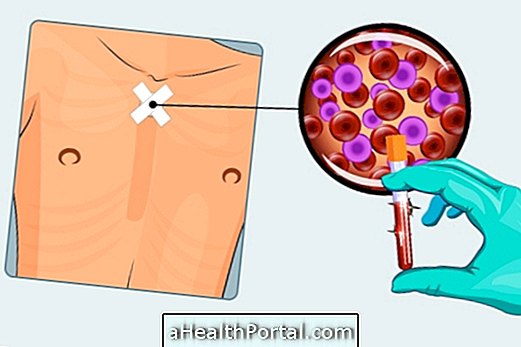
When indicated
The myelogram is indicated by the doctor in the following situations:
- Investigation of unexplained anemia, or reduction in the number of white blood cells and platelets in which the causes were not identified in the initial exams;
- Search for causes for changes in function or shape in blood cells;
- Diagnosis of hematological cancer, such as leukemia or multiple myeloma, among others, as well as follow-up of evolution or treatment, when already confirmed;
- Suspected of metastasis of severe cancer to the bone marrow;
- Investigation of fever of unknown cause, even after several examinations;
- Suspected infiltration of the bone marrow by substances such as iron, in the case of hemochromatosis, or infections, such as visceral leishmaniasis.
Thus, the result of the myelogram is very important in the diagnosis of several diseases, allowing the appropriate treatment. In some cases, bone marrow biopsy may also be required, a more complex and time-consuming examination, since it is necessary to remove a piece of bone, but often important to give more details about the bone marrow. Learn what bone marrow biopsy is for and how it is done.

How is done
The myelogram is an examination that reaches deep tissues of the body, as this is usually done by a general practitioner or hematologist. Generally, the bones in which the myelograms are made are the sternum, located in the thorax, the iliac crest, located in the region of the basin, or the tibia, located in the leg, and its steps include:
- Clean the premises with proper materials to avoid contamination, such as polyvidine or chlorhexidine;
- Perform local anesthesia with a needle from the skin and the outside of the bone;
- Puncture a special, thicker needle to pierce the bone and reach the bone marrow;
- Connect a syringe to the needle, to aspirate and collect the desired material;
- Remove the needle and make a compression of the site with gauze, to avoid bleeding.
After collection of the material, it is necessary to perform the analysis and interpretation of the result, which can be done by slide, by the doctor himself, as well as by specialized blood analysis machines.
Possible risks
Generally, the myelogram is a fast procedure and with rare complications, however, pain or discomfort at the puncture site may occur, such as bleeding, bruising, or infection. Recollection of the material may be necessary, in a few cases, because the sample is insufficient or inadequate for analysis.
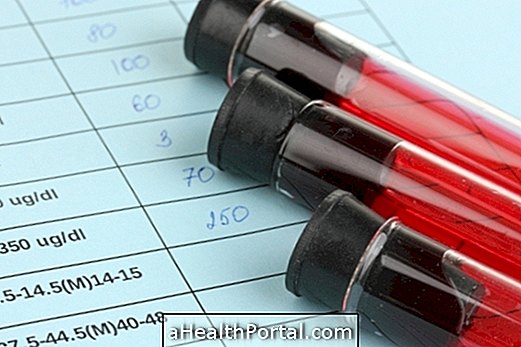
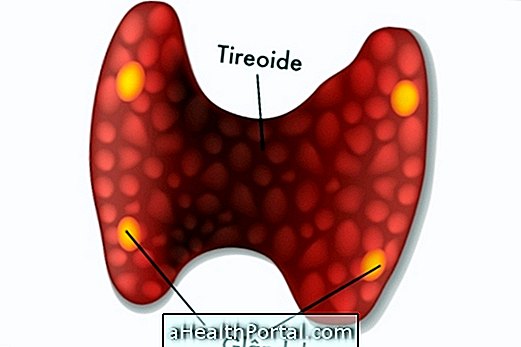

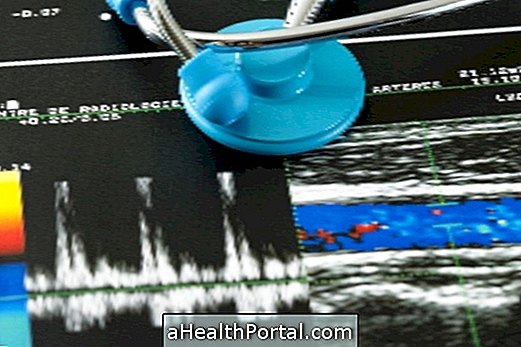







-o-que--sintomas-e-tratamento.jpg)


